13 Cat Breeds with Ear Tufts (With Info & Pictures)
Published: 7 Mar 2025
Have you ever noticed cats with tufts of fur at the tips of their ears? They’re not just cute! These little tufts help keep their ears warm and even improve their hearing. Some cat breeds are known for these fun ear tufts, giving them a unique, charming look! Let’s take a closer look at 13 cat breeds that have these cool ear features.
Table of Contents
13 Cat Breeds with Ear Tufts
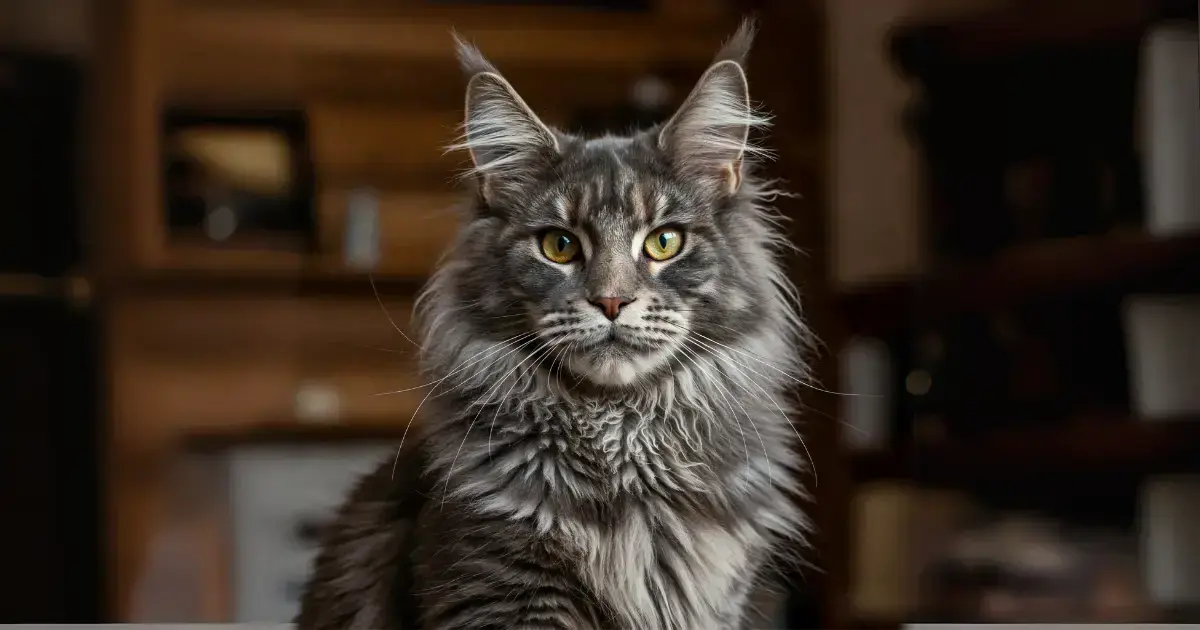
1. Maine Coon
The Maine Coon is one of the largest and friendliest cat breeds. Known for its thick coat and tufted ears, this breed comes from colder regions and uses its tufts to stay warm. Maine Coons are social, affectionate, and excellent with kids and other pets.
Despite their size, these cats are called “gentle giants” because of their calm nature.
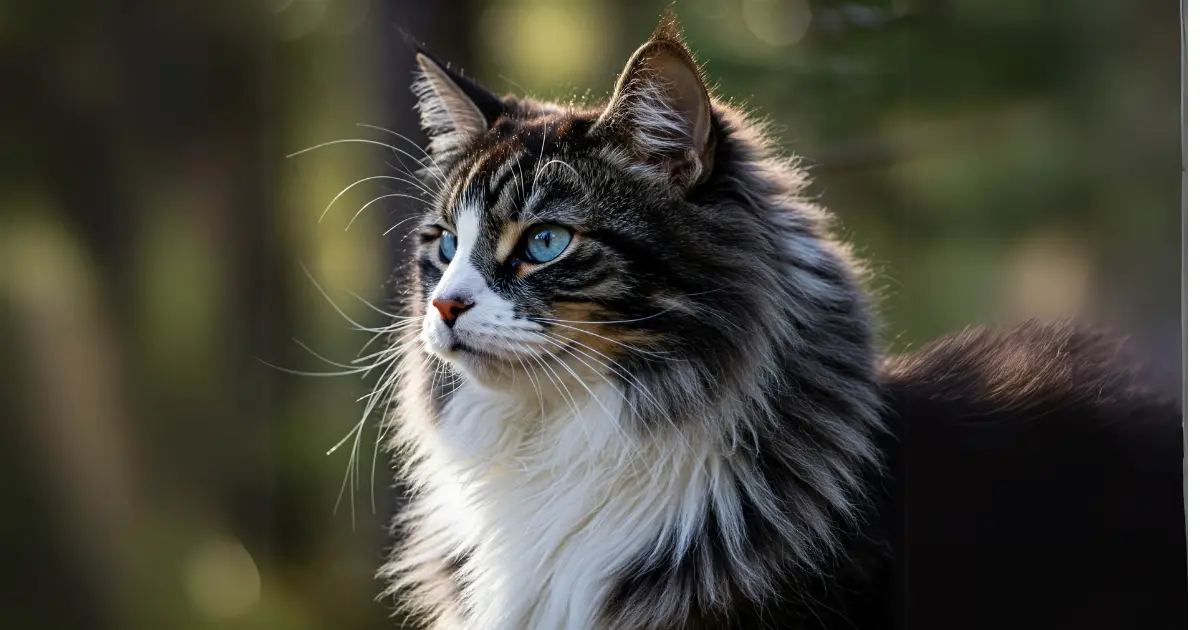
2. Norwegian Forest Cat
The Norwegian Forest Cat is made for cold winters. Its thick fur and tufted ears help it stay warm. These cats are independent and competent but love spending time with their owners. If you’re considering adopting one, remember that they love climbing, so offering high spots for them to explore will make them feel at home.
Both the Maine Coon and Norwegian Forest Cat are well-known for their tufted ears and thick coats. If you’re curious about the differences between these two breeds, check out our article on Maine Coon vs. Norwegian Forest Cat.

3. American Curl
The American Curl is a playful, loving breed with a unique feature: its ears curl backward, and some may have tufted tips. These cats are friendly and enjoy being around people, making them great family pets.
American Curls love interactive play and can even learn tricks, so they are perfect for people who enjoy engaging with their pets.
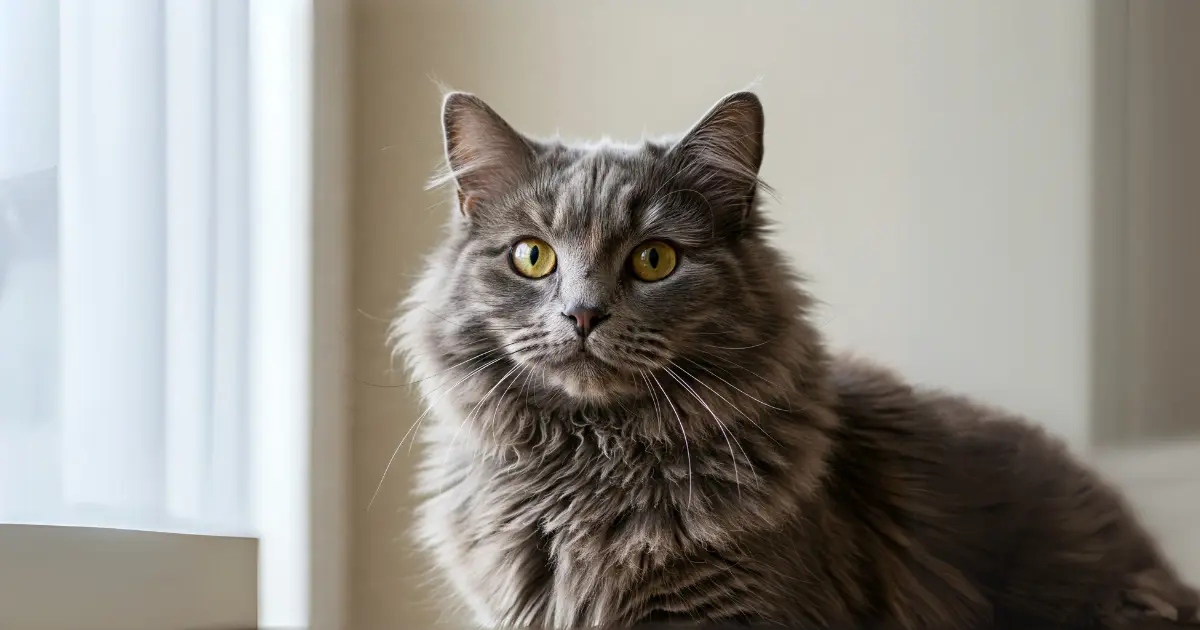
4. Highlander
The Highlander is a relatively new breed known for its unique appearance, including its tufted ears. These cats are active and energetic and love being part of the family. They’re also known for being social and affectionate and do well in homes with other pets or children.

5. Pixiebob
The Pixiebob, with its tufted ears and short tail, looks like a wild cat. The Pixiebob is friendly, fun, and loves being around people. It forms close bonds with its family and enjoys attention. These cats are also very vocal, making them great pets.
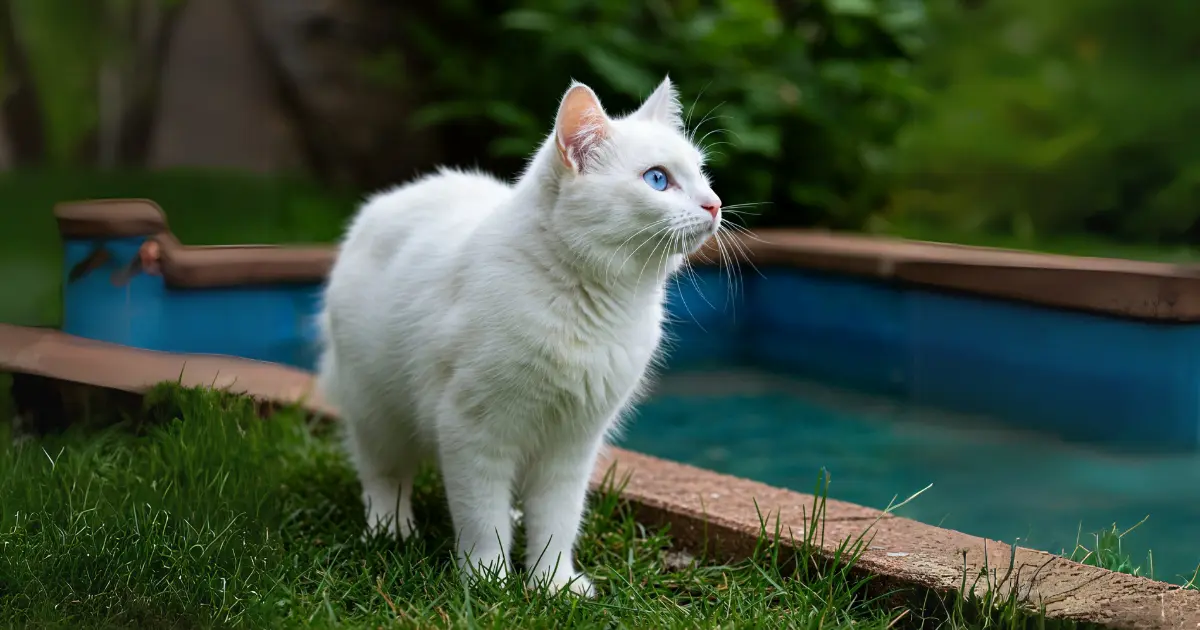
6. Turkish Van
The Turkish Van is known for its love of water. Its tufted ears and thick coat help it stay warm in cold weather. These curious, energetic cats love to play, often splashing around in water whenever they can.
Turkish Vans are known as “swimming cats” because they naturally enjoy water activities!
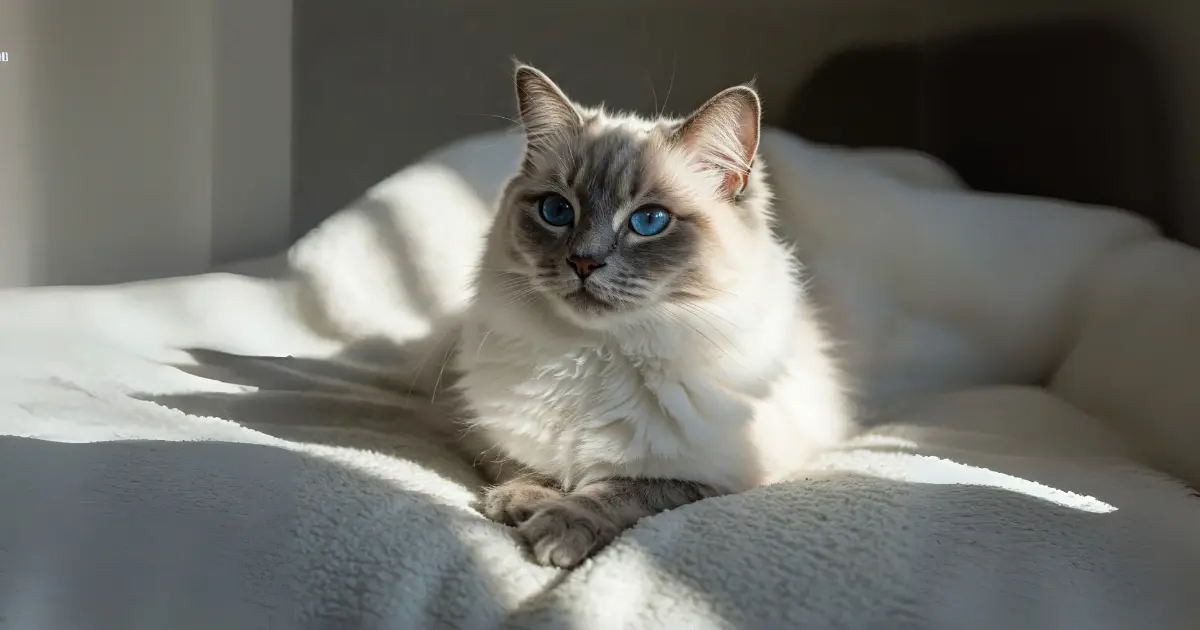
7. Ragdoll
The Ragdoll cat is laid-back and affectionate. It’s often described as “puppy-like” because it enjoys following its owners around. Its tufted ears and soft fur make it an excellent pet for anyone looking for a calm and loving companion.
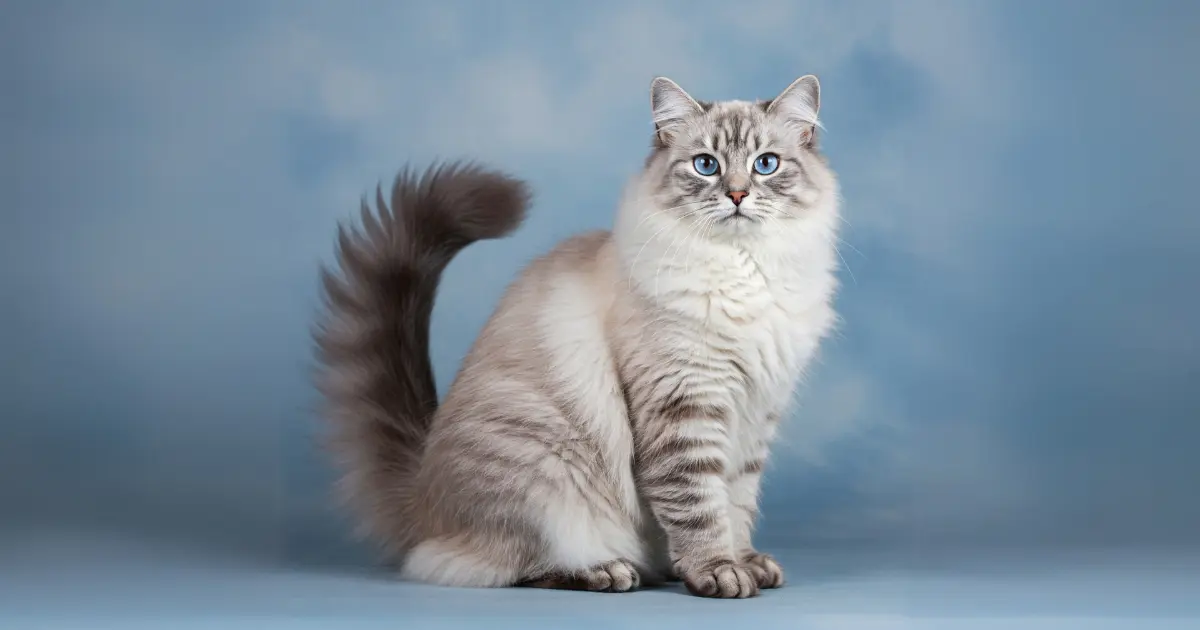
8. Siberian
This breed also made for cold weather is the Siberian. Their soft fur keeps them warm, and their tufted ears help protect them. Siberians are friendly, playful, and love spending time with their families.What’s even more interesting is that many Siberians are hypoallergenic, which makes them a good choice for people with allergies.
If you’re allergic to cats, the Siberian’s lower level of allergens can make it easier to live with one.

9. LaPerm
The LaPerm is a distinctive breed with a curly coat; some have tufted ears. These cats are playful, affectionate, and sociable and enjoy being the center of attention. LaPerms are also known for being very adaptable to different living situations.

10. Nebelung
The Nebelung is a calm, reserved breed with a long-haired cat, with silky fur and tufted ears. While initially shy, they form strong bonds with their owners. Nebelungs are calm and make excellent pets for people who want a more relaxed companion.

11. Lynx (Wild Cat)
The Lynx, a wild cat, is famous for its tufted ears, which help it hear better in dense forests or snowy landscapes. These tufts also help the Lynx navigate its environment, especially when hunting or avoiding predators. While they’re wild, many people love them for their looks.
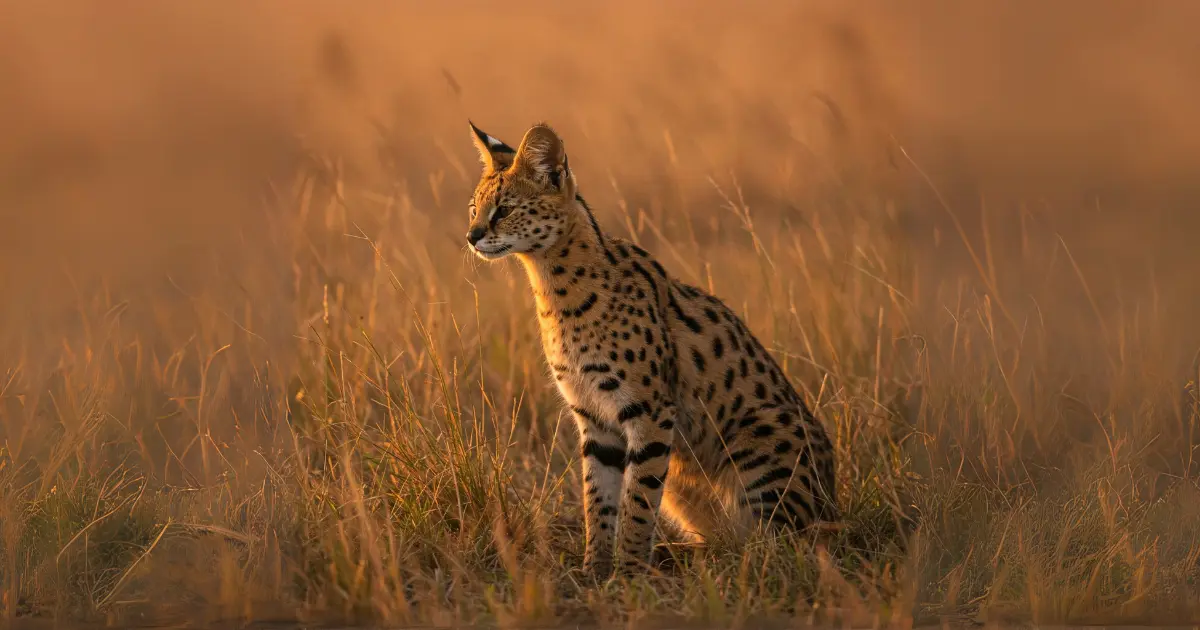
12. African Serval (Wild Cat)
The Serval has big ears with tufts that help it track prey in tall grass and dense forests. Its sharp ears can catch even the faintest sounds, which is key to surviving in the wild. Servals are fast, strong hunters, and those ear tufts really help them zero in on their prey.

13. Caracal (Wild Cat)
The Caracal is another wild cat with tufted ears. These tufts help them detect sounds better in rocky and desert environments. Their ear tufts are crucial for survival, allowing them to hunt in challenging surroundings. Caracals are known for their ability to leap high and capture birds mid-flight.
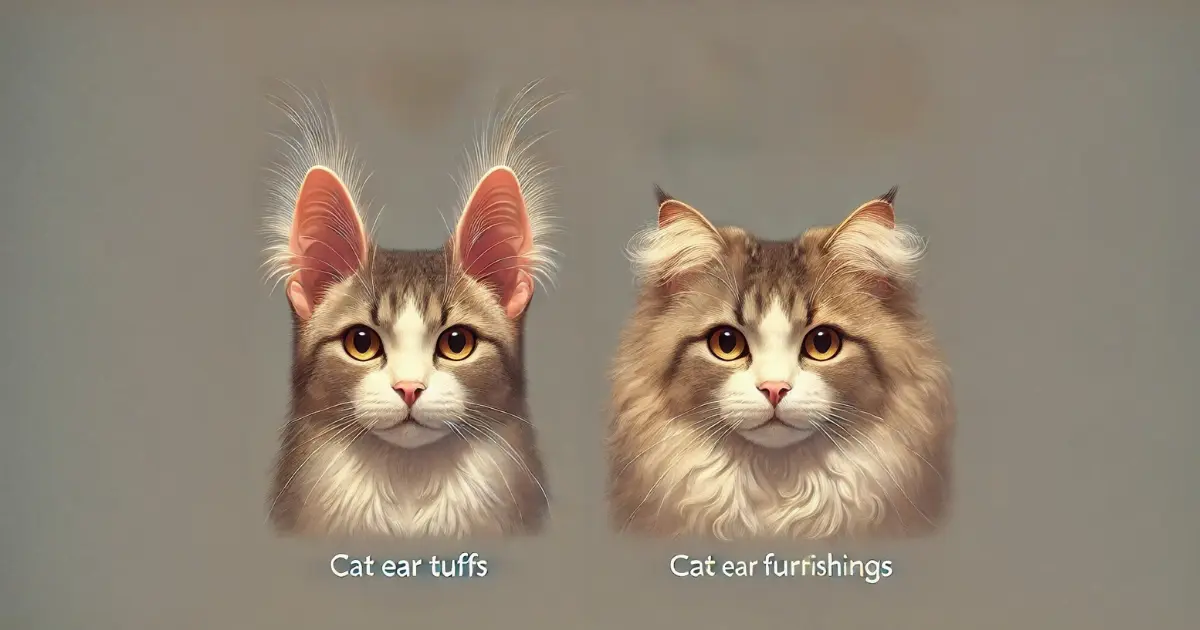
Cat Ear Tufts vs. Cat Ear Furnishings
The comparison between Cat Ear Tufts and Cat Ear Furnishings:
| Feature | Ear Tufts | Ear Furnishings |
|---|---|---|
| Location | Outer tip of the cat’s ears | Inside the ear canal |
| Purpose | Protection, better hearing | Protection from dirt and debris, keeps ear clean |
| Common Breeds | More common in certain breeds like Maine Coons, Norwegian Forest Cats | Found in most cats, especially those with long fur |
| Function | Helps improve hearing and provides extra ear protection | Prevents infection by keeping ear canal free from debris |
While both features might sound similar, they have different roles in maintaining the cat’s ear health.
Why Are Ear Tufts So Special?
- Protection from the Elements: Ear tufts are often found in cats from cold climates, like the Maine Coon or Norwegian Forest Cat, where the tufts help protect their ears from freezing temperatures. These cats are built for survival, and the tufts provide an extra layer of warmth.
- Hearing and Communication: In wild cats like the Lynx or Serval, the tufts on their ears help them hear better, making it easier to detect prey or communicate with other animals in thick forests. The tufts also act as a way for cats to express emotions or show dominance to others.
- Health and Hygiene: Although ear tufts are helpful, taking care of them is essential. Grooming your cat’s ears regularly helps prevent the buildup of dirt and ear infections. This is especially true for cats with longer fur, like the Maine Coon.
How to Care for Cats with Ear Tufts
Caring for a cat with tufted ears doesn’t require much, but cleaning them gently and regularly is essential. Here’s how:
- Inspect the ears: Check for dirt, debris, or redness.
- Use a soft cloth: Gently wipe the outside of the ear to remove dirt or wax.
- Check for signs of infection: If your cat scratches its ears a lot, it may have an infection. Look for signs like redness or discharge.
If your cat has long fur around its ears, brushing them regularly can prevent matting and help keep the ear area clean. Taking care of your cat’s ears is important, especially for those with tufted ears. Learn more about how to clean your cat’s ears properly in our Cat Ear Cleaning guide.
Summary
Cats with ear tufts are unique: their special features make them stand out. Those little tufts of fur help keep them warm in cold weather, improve their hearing, and make them even cuter. If you’re considering bringing one of these charming cats into your home, keep their ears clean with regular grooming and schedule vet check-ups to keep them healthy and happy.
For more expert advice on keeping your cat in top health, including tips on grooming and ear care, check out the American Veterinary Medical Association’s cat care guide.
Frequently Asked Questions (FAQs)
Q1: Do all cats with ear tufts have long fur?
No, not all tufted-ear cats have long fur. Breeds like the American Curl and Siberian have medium-length fur but still feature beautiful tufted ears.
Q2: Can ear tufts help with communication?
Yes, cats can use their ear tufts for communication. For example, tufts may stand up when a cat is alert or threatened, or they may lay flat when the cat is feeling relaxed or calm.
Q3: Are ear tufts a sign that a cat is wild?
Not necessarily! While ear tufts are typical in wild cats like the Caracal and Serval, many domestic breeds also have ear tufts, such as the Maine Coon or Norwegian Forest Cat. It’s just a feature of certain breeds.
Q4: How do I know if my cat has an ear infection?
If your cat scratches its ears or shakes its head or if you see unusual discharge or odor, these could be signs of an infection. It’s always best to consult a vet if you notice these symptoms.

- Be Respectful
- Stay Relevant
- Stay Positive
- True Feedback
- Encourage Discussion
- Avoid Spamming
- No Fake News
- Don't Copy-Paste
- No Personal Attacks



- Be Respectful
- Stay Relevant
- Stay Positive
- True Feedback
- Encourage Discussion
- Avoid Spamming
- No Fake News
- Don't Copy-Paste
- No Personal Attacks





